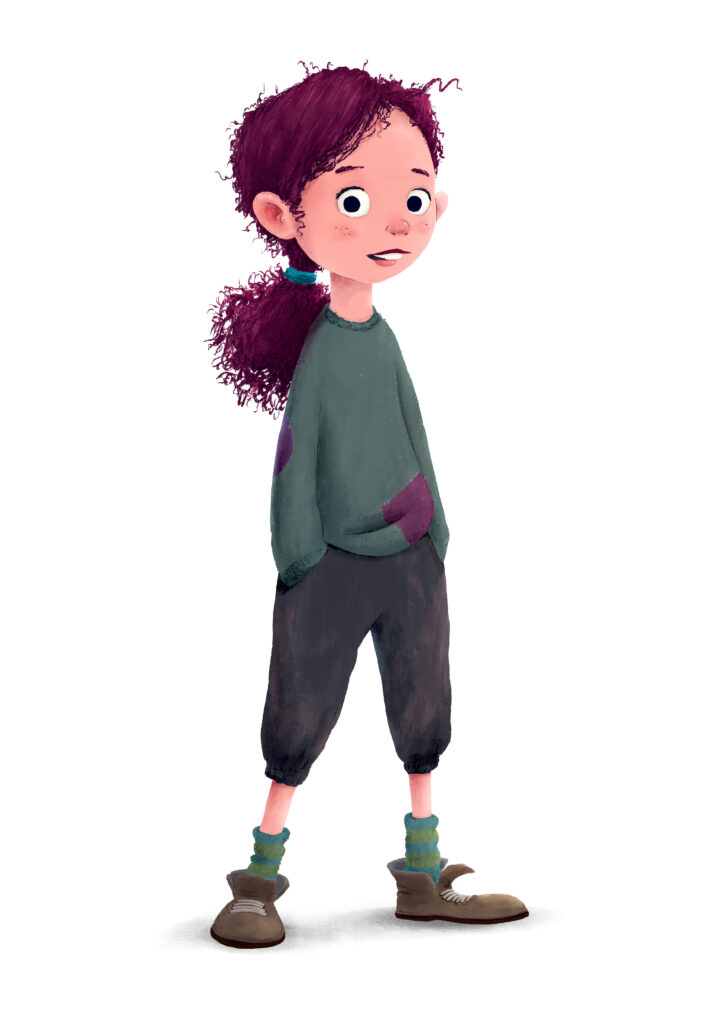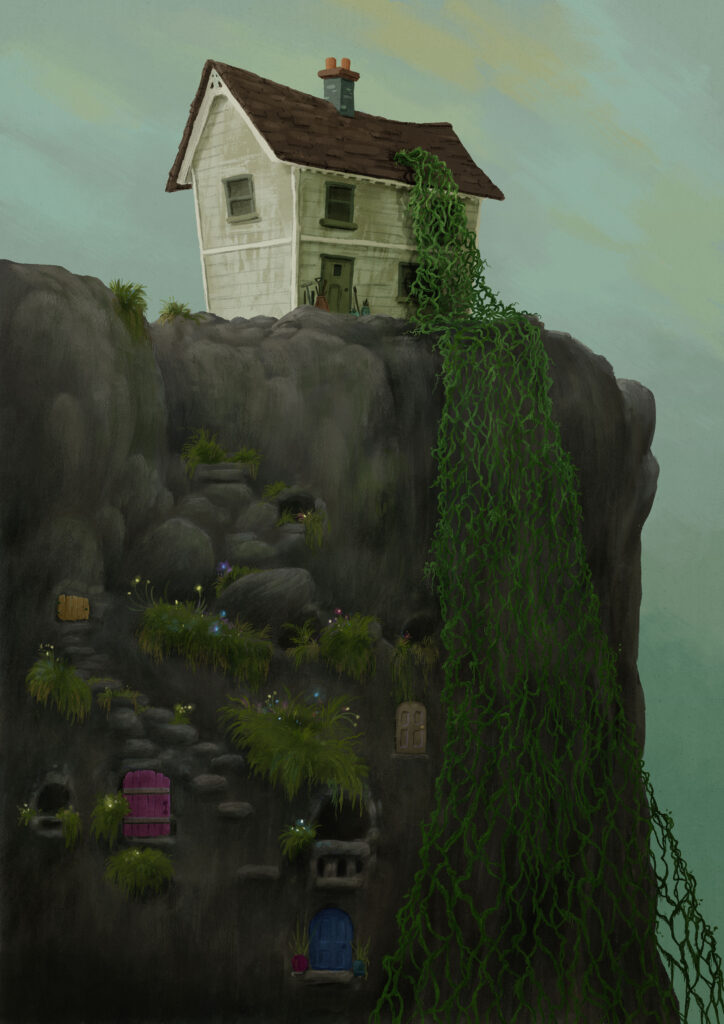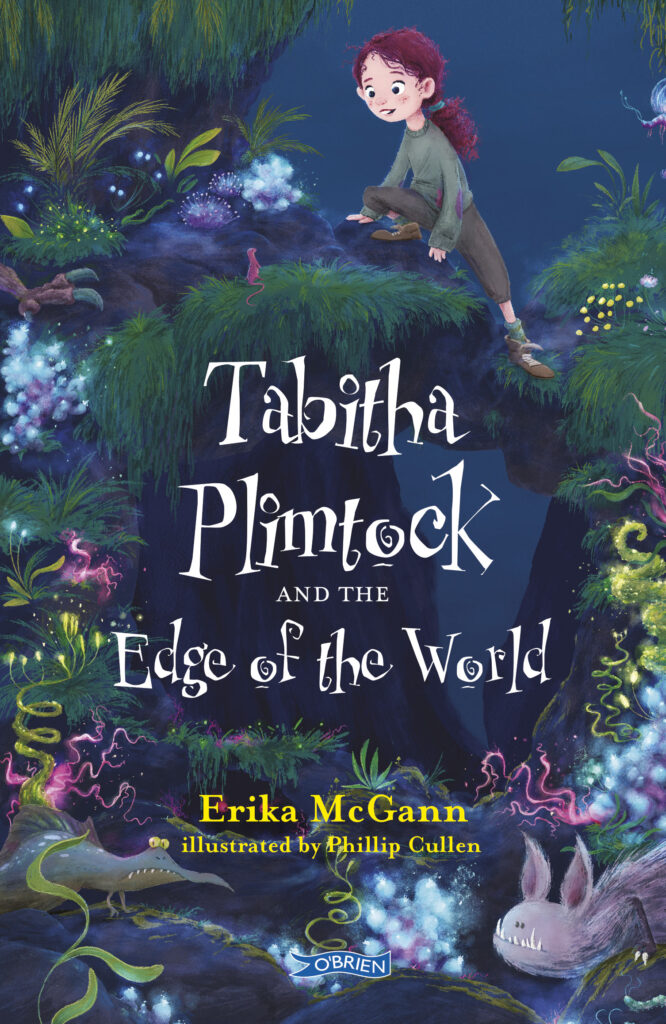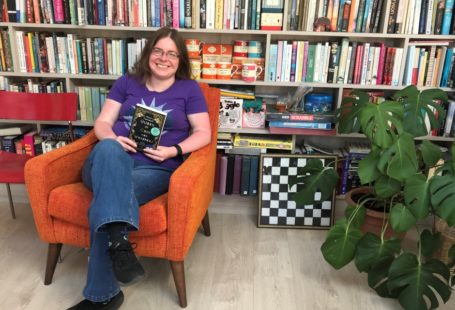Tabitha Plimtock and the Edge of the World was the most fun I’ve ever had writing a book. I’m not one to plot a story in advance, but I’d usually have at least a couple of scenes worked out in my head before I open the laptop. With Tabitha I didn’t even do that much. Instead I sat down each day and wrote whatever came out. It began with the image of a rundown house teetering at the edge of a cliff, which quickly became the edge of the world. By the end I had a fantasy novel about a young girl who sees beauty in the darkness, even when learning of the terrifying dangers that lurk at the base of the wall.

I didn’t intend the book to be about climate change and the impact we have on our environment, but it’s on my mind (it’s on all our minds) and it became the main theme. What also came out were leftovers from a college degree in Animal Behaviour and Welfare (which I’ve almost entirely forgotten) – ecosystems and food chains, weird animal adaptations, the evolutionary arms race between predator and prey. My base-dwelling beasts can’t see red light (though they can see blue and green – something you need to know when you get stuck in a patch of bioluminescent algae), and they make up the food chain at the bottom of the wall that becomes disrupted by the people at the top. Tabitha must navigate the creatures that have each evolved some scary or strange way of avoiding predators or catching prey; ghastly mudslingers with spring-loaded elbows, Toadii humungii with long sticky tongues, monstrous spined porcupines with flingable spikes, and the fanged atrociterus with teeth the size of ships’ sails.

I loved creating the food chain at the base almost as much as writing the insults that fly between some of the more acerbic characters. You cannot swear when writing for children, but you can make child-friendly versions with plosive consonants, sibilant s’s, and really gross things. Pus-ridden whale wart, catastrophic windbag, and rancid, blistering, bursting boil are a just few of my favourites. Sitting back for a few minutes to work out a juicy insult is a really enjoyable way to break up the writing day.

Tabitha has changed the way I approach each new book. I jump in feet first now wherever possible. It was such a joy to write, and I hope young readers love the edge of the world as much as I do.
Tabitha Plimtock and the Edge of the World by Erika McGann, with illustrations by Phillip Cullen, is out now. Published by The O’Brien Press.

ERIKA McGANN grew up in Drogheda, Co. Louth, and now lives in Dublin. She is the author of several children’s books, and a past winner of the Waverton Good Read Children’s Award. She is the author of the ‘Cass and the Bubble Street Gang’ series and of picture books Puffling and the Egg, Where Are You, Puffling?, Wee Donkey’s Treasure Hunt, Cá Bhfuil Puifín Beag? (translated by Muireann Ní Chíobháin) all illustrated by Gerry Daly, and The Night-time Cat and the Plump, Grey Mouse illustrated by Lauren O’Neill. Her new children’s novel, Tabitha Plimtock and the Edge of the World (with illustrations by Phillip Cullen) is out now.







Recent Comments